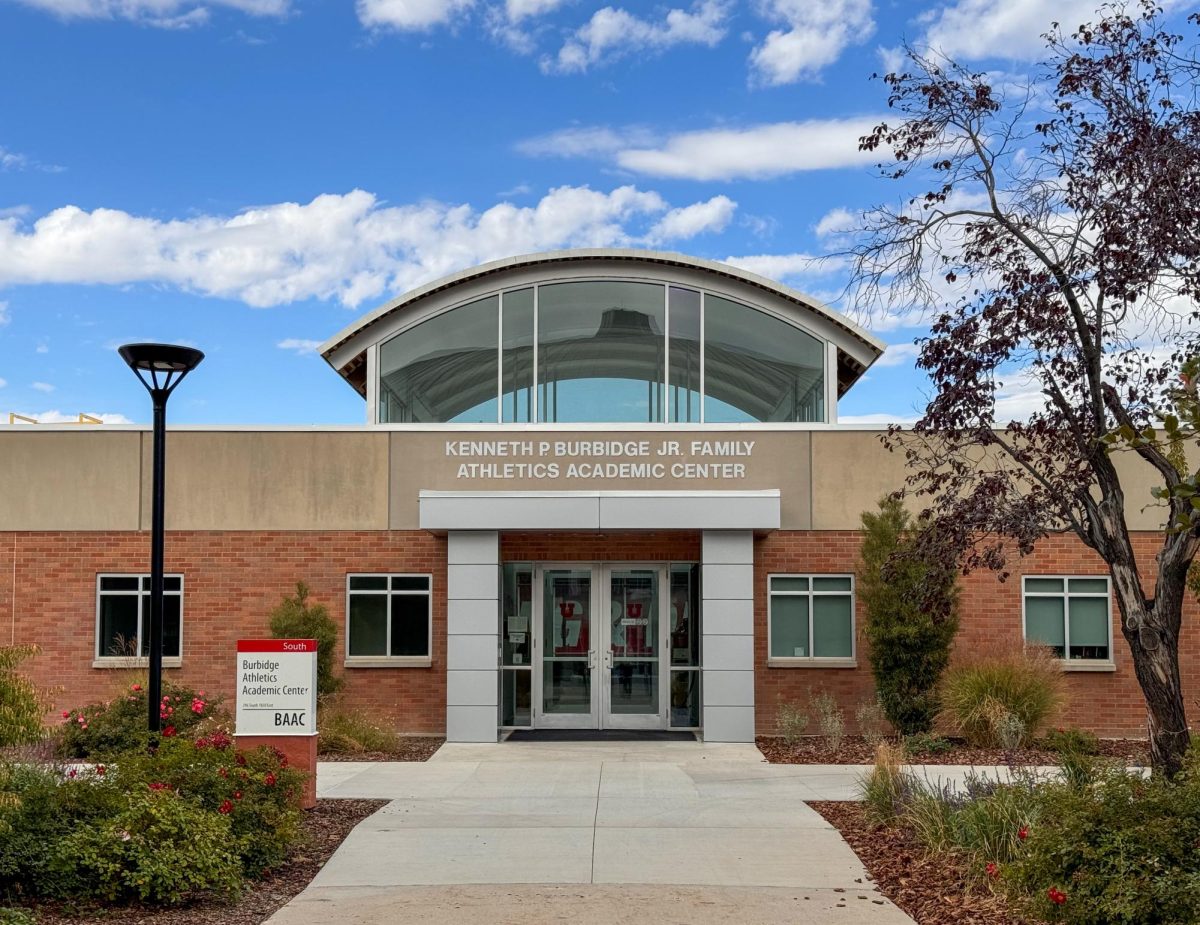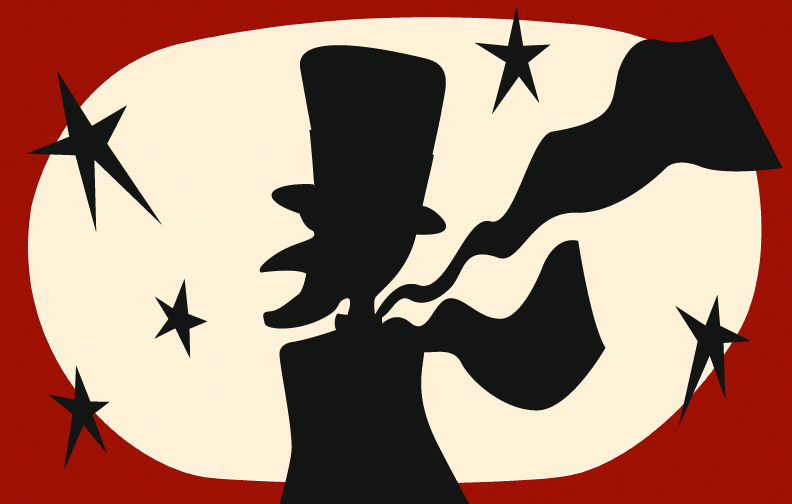Sundance 2023: ‘Bravo, Burkina!’ Charm with a Side of Cheese
January 24, 2023
From writer, director and fashion designer Walé Oyéjidé, whose brand has been featured in “Black Panther” and “Coming 2 America,” “Bravo, Burkina!” follows a Burkinabè immigrant named Aimé (Alain Tiendrebeogo) moving to Italy. This film examines his struggles and triumphs living in a hostile alien nation that doesn’t seem to want him as well as the tension arising back home. As a Nigerian immigrant himself, Oyéjidé channels his personal experiences with immigration and the lessons he learned along his journey.
Unfortunately, the film’s heady themes sacrifice clever dialogue and distinct characterization for on-the-nose lessons, but this doesn’t subtract from the earnestness and passion oozing from its creators.
The Finest Style
Something that struck me upon viewing the film was how beautiful “Bravo, Burkina!” looked. Cinematographer Jake Saner composes shots mostly through handheld camera movements that allow for the camera to become a character. A scene that I found particularly beautiful was one filmed in an Italian castle which made excellent use of stained-glass lighting. Oyéjidé says that Italy is a “filmmaking cheat code” because anywhere a camera is pointed ends up a painting. In the hands of Saner, these paintings draw close to masterpieces.
On the topic of masterpieces, the costumes, unsurprisingly, are expressive and sit on the cutting edge of fashion. The colors, patterns and textures combine into a symphony of intrigue and vibrance. Dismissing my purple prose, the highlight of my film-watching experience was seeing what the fashion designers from Ikiré Jones were going to come up with next.
With Limited Substance
Unfortunately, this style ends when looking at the meat of the film’s story. I had trouble connecting with the plights of our main character. Not because I just don’t get it, but because he wasn’t a character. Aimé felt more like a husk the story passes through rather than an acting force in the narrative. Furthermore, I couldn’t tell you a trait that Aimé had that Asma, the romantic lead played by Aissata Deme, didn’t, nor could I tell you why they did the things they did. The characterization of our leads ended with their clothes. The loudness of their clothes only exacerbated the quietness of the characters.
The most limiting factor in this equation was its dialogue. Exchanges between characters consisted of cryptic one-liners that made you ponder about the significance of an insignificant event. The film’s heart is in the right place and it wants to be profound, but most of the time “Bravo, Burkina!” believes itself to be more profound than it actually is.
These limitations didn’t come without reason, however. During the Q&A section of the Sundance premiere, many questions about the production and its creative process arose. Along with a funny admission of selecting a mask because “It was the coolest one they had.” Saner also admitted the entire film was shot in just under two weeks. On top of that, the majority of the performances were from real-life immigrants and Burkinabè villagers with limited entertainment experience. However, these don’t act as excuses for its half-baked narrative.
Within the confines it was made, “Bravo, Burkina!” is truly a feat of human ingenuity, using all of its resources to the Nth degree. Nevertheless, judging this film as an experience in a vacuum, I won’t be watching “Bravo, Burkina!” again. There are other films that handle the same concepts with more eloquence this festival season.








